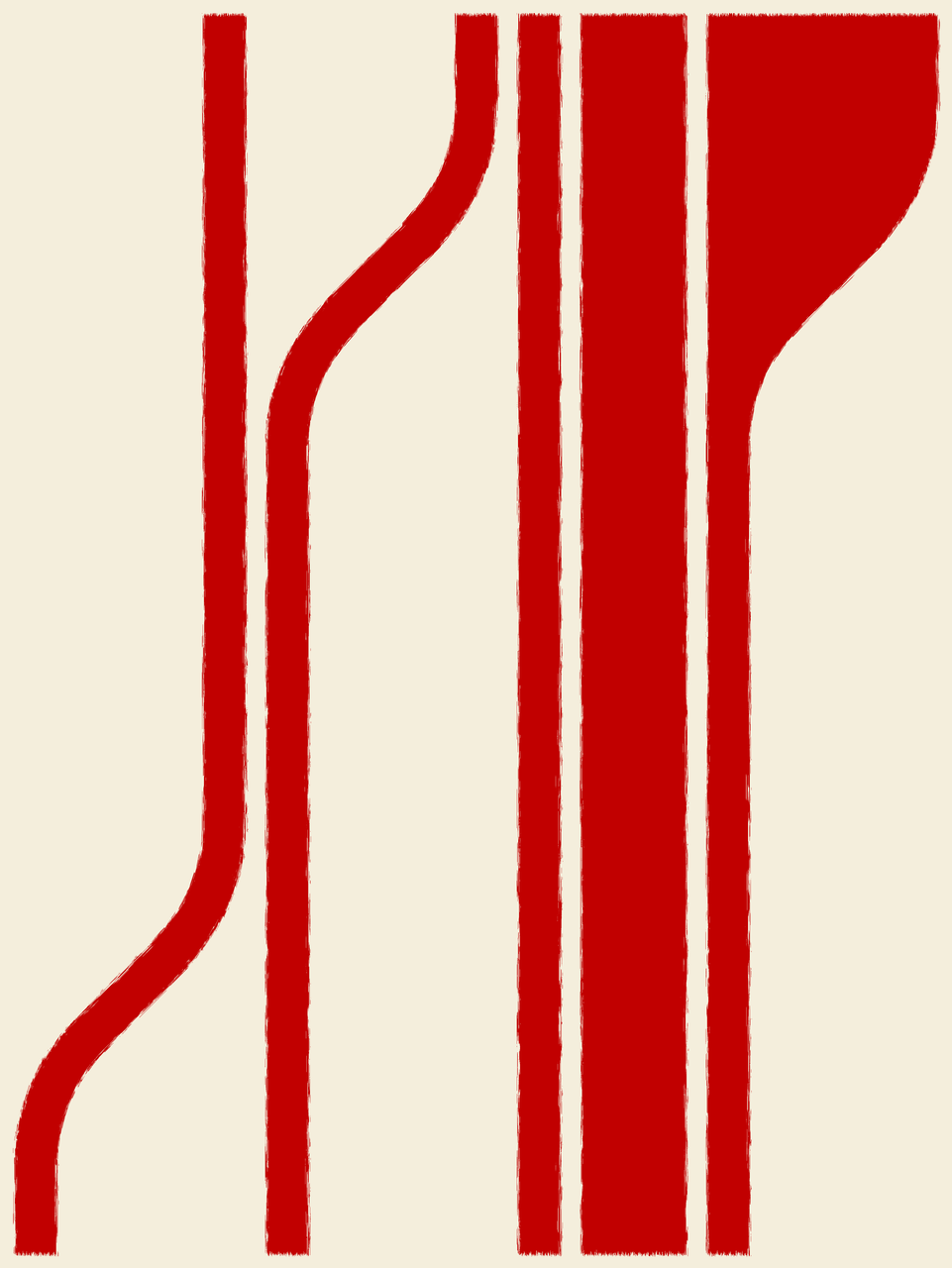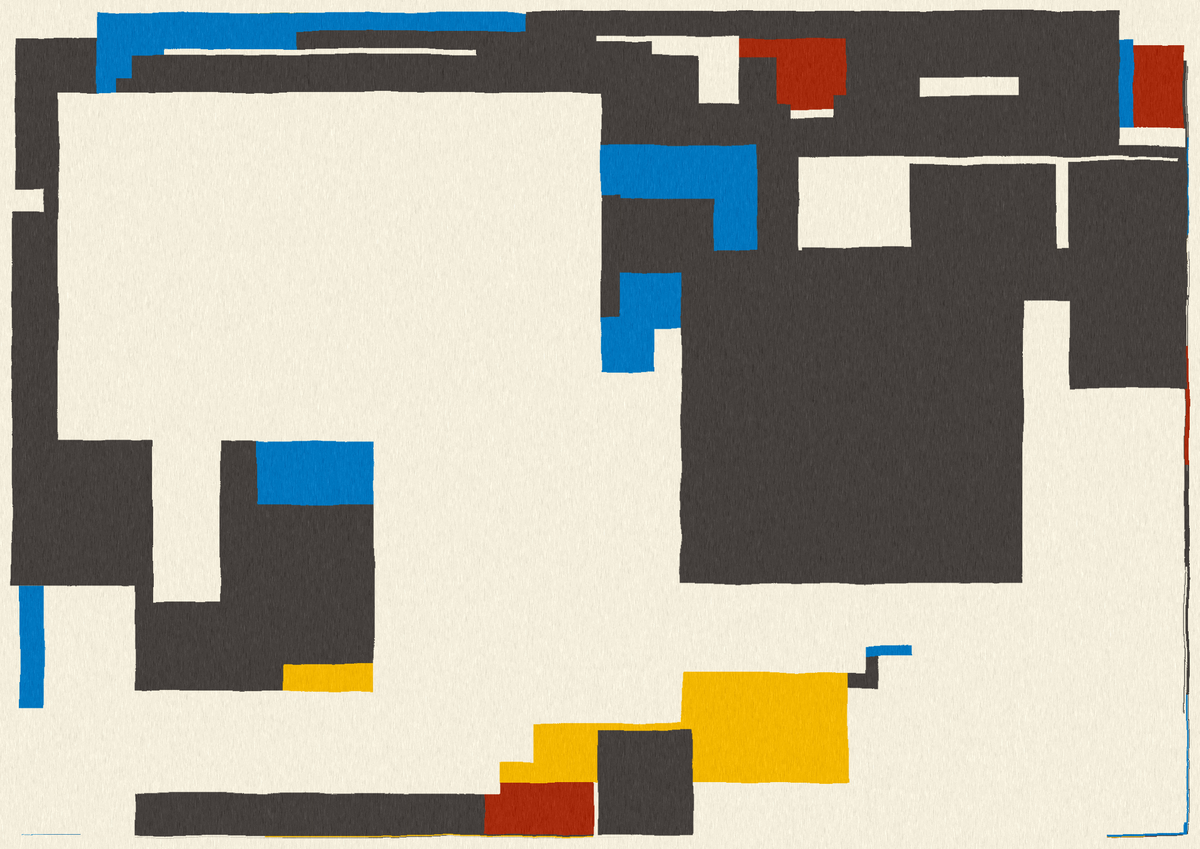
intro to raza and paintflow
written by raza
Hello world! My name is raza aka 079. I'm a long time software engineer, world traveler, and passionate creator. I love writing music for piano, taking photos of new people I meet on the street, and these days - making my style of generative art.
I don't really have a particular message with my art, it's really just pure self expression, I make art that I like to look at. It's as simple as that! I'm also still learning, as this is a new medium for me. It's fun to constantly pick up new techniques and implement them in my projects. I would say my life mission is to create art every single day for the next 50 years. It's a big mission, but it fills me with joy to know that's what I've decided upon.
My latest project is called 'paintflow'. It's a fairly simple project - painted lines, some curved, with some of the curves having the space above or below them filled in. The paint brush effect is heavily inspired by Ty Vek's work. His first project Commune was a vanilla javascript project that generated SVG XML then dynamically loaded it in the browser. SVG has a bunch of effects and filters that Ty used to create the soft shapes. I mimicked the SVG technique, and with the filters, I learned that you can apply the effect to the horizontal-axis separately from the vertical-axis. So my trick was to apply the displacement and distortion effect heavily in the vertical direction, and barely at all in the horizontal direction - voila - you have a paint brush!
project name project name project name
The only other trick was how do you apply a vertical effect to the curves (which are not vertical). Well I tried multiple approaches and the final one was simply - draw a small rectangle, apply the effect, then rotate it into place. Since the rectangle was small, I would do a bunch of them and when they were all rotated into place, it achieved the effect of a curve that was painted. Hopefully the below debug view gives a nice visual of what I'm talking about.
The other trick was curating and pruning the outputs to ones that were pleasing to the eye. This is super subjective and also very difficult. I imagine many gen arts run into this issue of - should I let the randomness take over? Or should I take very solid control of it so that I can really steer the outputs to where I want them to go? With 'paintflow' I mostly let the randomness take over, then I just filtered out outputs that were "boring". Ultimately I was happy with the final product, and I know that I will continue to refine my curation/pruning techniques over time.
I hope you enjoyed reading my little intro, and if you mint / purchase a copy of 'paintflow' you are the best :D. If you don't well, you're still super cool for reading this far. Have fun!

